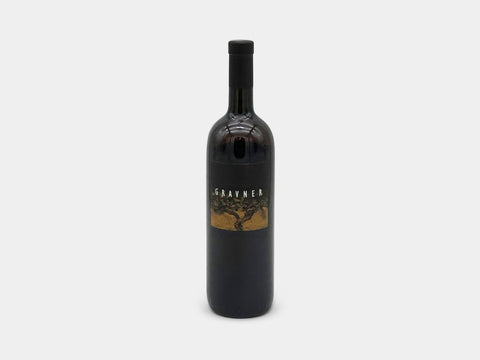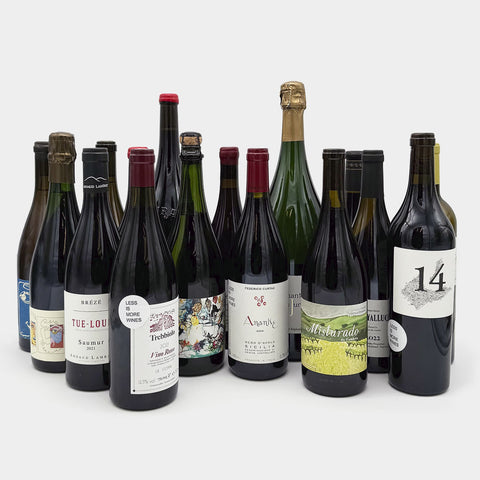

Gravner Ribolla Venezia-Giulia Bianco 2016
GravnerGrape: Ribolla Gialla
Vintage: 2016
Type: Orange
Deeply complex and distinctive orange wine, showcasing the mastery of extended skin contact and amphora aging. It pours a rich amber hue, revealing intense aromas of dried apricots, honey, orange peel, and wild herbs, with underlying notes of nuts, iodine, and subtle oxidative character. The palate is textured and full-bodied, offering layers of ripe stone fruit, balsamic tones, and earthy minerality, supported by firm tannins and vibrant acidity. As it evolves in the glass, hints of tea leaves, saffron, and dried flowers emerge, leading to a long, structured finish. A meditative and thought-provoking wine, best enjoyed slowly to appreciate its evolving complexity.
Gravner
Long aged, long lived, and profound, we invite you to discover the magic that can be bottled in Italy’s North easternmost corner.
I make wines for myself. What’s left—I sell.’ Josko Gravner
In the hills above Gorizia, in sight of both the Julian Alps and the Adriatic, Joško Gravner’s family has made wine in the neighboring villages of Hum and Oslavia for generations.
Oslavia is a small hamlet near the town of Gorizia in the Friuli region, situated on the Collio.
The estate has a a total surface area of 32 hectares, of which 18 hectares are currently vineyards. The remaining land comprises woods, meadows and ponds.
A highly acclaimed producer of technical, stylish Friulian wines early in his career, Joško underwent a crisis of faith in the mid-1990’s, realizing that he simply didn’t enjoy drinking his own wines anymore. The story of his perilous journey into the Caucasus mountains and his encounters with millennia-old Georgian viticultural traditions has been well told by now, but it is not an exaggeration to say that Gravner is among those who prevented millennia-old vinicultural practices from disappearing from his homeland.
“Little by little I started getting rid of all the extra equipment I had bought, starting with steel wine tanks and ending with barrique barrels. I don't think it is possible that, over the last few decades, five thousand years of winemaking history have been erased so easily.”

